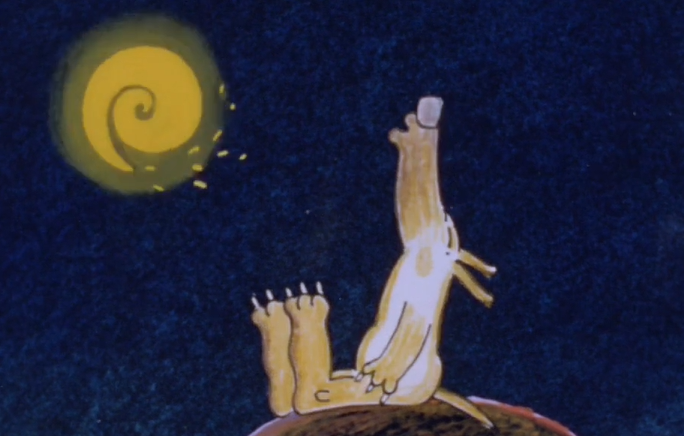The Ten Tools of Film and Screen
The Ten Tools of Film and Screen
As with all art and forms of communication, screen has its own rules and language used to describe and discuss its form, content and concepts. These concepts are not hard to grasp and can enhance your and your pupils’ understanding and enjoyment of film and screen texts. The language and grammar of film can be summarised by focusing on the main elements that work together to make a film effective. These are known as the Ten Tools:
- Character
- Colour
- Composition
- Camera
- Cutting
- Story
- Sequence
- Setting
- Symbol
- Sound
Character, Story, Sequence, Setting and Symbol can be applied to any text, while the other five tools are unique to film and screen. You will find that there is often overlap between them (for example, between Cutting and Sequence, or Character and Composition) – and that’s as it should be!
You can use these Ten Tools to explore and analyse any screen text in detail: they elicit a range of rich, varied and imaginative responses and ideas. You will also find that:
- Using the feedback from focusing on all of these elements can provide a detailed reading of any screen text.
- Concentrating on just one element of a screen text gives a clear focus and frames the viewing.
- Watching a screen text in such a way introduces the skills necessary for close viewing at any level and prepares pupils for more critical viewing later on.
- As pupils become more skilled at identifying the way each element works in the construction of what they are watching, they will respond more quickly and independently.
In this PowerPoint, you’ll find brief definitions of each of the Ten Tools, followed by questions that can focus attention and lead to further talking, writing and filmmaking activities. This can be approached as a class or group activity before engaging in other activities based on the screen text. The screen text should be viewed several times, focusing pupils’ attention on a different tool each time.
As with a regular toolbox when carrying out a DIY task, you may find that not every tool is needed or as important each time you view a screen text – the important thing is knowing those tools are there, ready to be used if needed!
